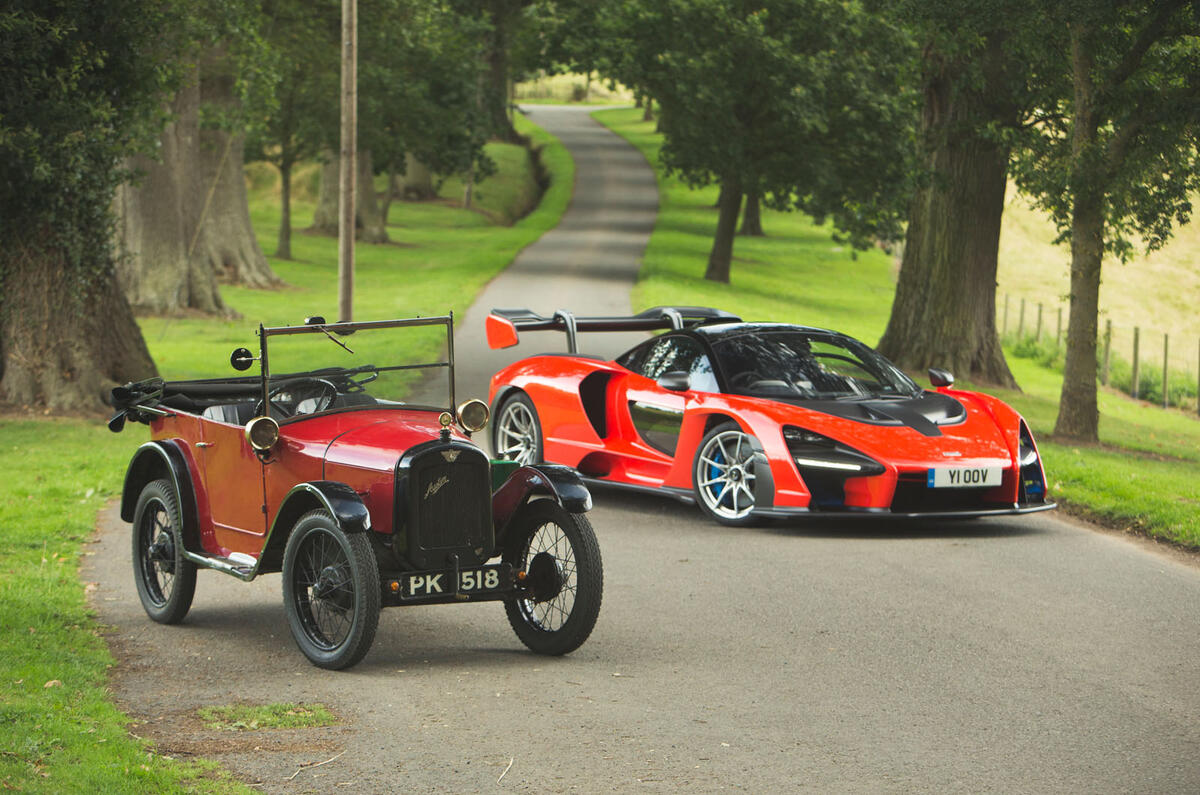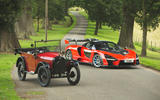Perhaps the single most remarkable thing about The Autocar (as it was then) conducting and publishing the world’s first road test back in 1928 is that neither we, nor anyone else, didn’t do it a hell of a lot sooner than that.
By 1928, the car as we know it was more than 40 years old, for goodness’ sake.
The first cars were 19th-century horseless carriages built at colossal expense as amusing playthings for the rich and brave and fitted with solid tyres, tiller steering and total-loss lubrication where oil was essentially poured from tank to ground via the insides of the engine. Yet there was still enough interest in them that in 1895 Henry Sturmey deemed demand to be sufficient for “a journal published in the interests of the mechanically propelled road carriage”. Yet it still took The Autocar 33 years to get around to actually applying sufficient rigour to its assessments to call them ‘road tests’.
By that time, the cars had changed out of all proportion. To prove this point, join me in Herefordshire where my cooing over a very charming old Austin Seven is about to be rather rudely interrupted.

The Austin in question has a double connection to Autocar. Not only is it a 1928 model, as was our first road test car 90 years ago, but it’s also owned by one John Lilley, who was once our chief sub-editor. This Austin differs from that original test car only insofar as it lacks that car’s Gordon England saloon bodywork, but, to me at least, it is all the better for it. To me a Seven is an open two-door four-seater, headlights mounted at the side, not the front. While the notion of modifying Sevens spawned an entire industry, John’s car is completely standard and thus the perfect window on the motoring world of 90 years ago.
Then we hear it, snarling and snapping as it prowls up the road towards us. Even today it looks like something conceived in a dystopian, post-apocalyptic future, and that’s before it parks next to somethingas simple, small and pretty as the Austin. The Senna has arrived.

















































Join the debate
Add your comment
Austin 7 - It's design heritage is greater than many realise
Look at the list of manufacturers who started out by building the Austin 7 - BMW (Dixie), also manufacturers in France, Australia and Japan who are still making car! Yes, it's true, the layout of the main controls in modern cars, was due to the Austin 7.
Shocking...
...that no mention was made of Bruce McLaren's connection to the 7.
Of these two cars, the Austin
Of these two cars, the Austin looks much more modern. In the sense of it being an honest unadorned design. As in Modernism in architecture.
I am not convinced that aerodynamics DETERMINES the looks of the McLaren. Areodynamics may influence the shape but does not determine the final shape & all its detailing.
The fact that the Senna is such a catastrophic aesthetic mess is ultimately a design failure. It is not modern but third-rate baroque with all its incoherent bits thrown together.